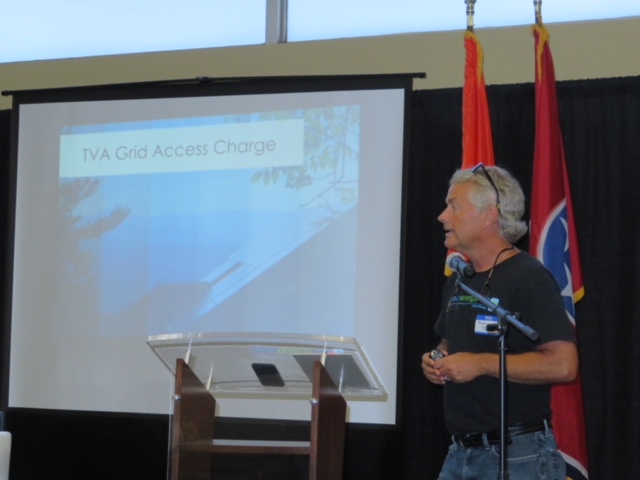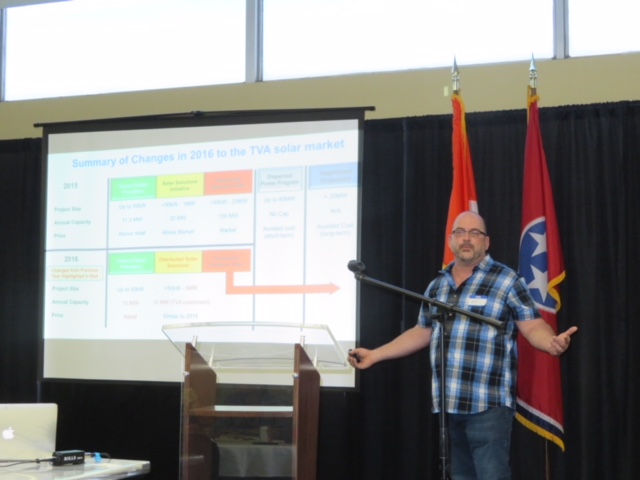If your state has net-metering programs that compensate you for the excess electricity your solar array produces and exports back to the grid—and there's a good chance they do, given that 43 states and the District of Columbia currently have them—you will often hear utilities make an argument when they decide they want to dismantle them.
Specifically, they try to label you, as a solar consumer, a mooch that lives off your fellow hard-working ratepayers. Their argument goes something like this:
Solar consumers produce their own solar power on-site, meaning that you are not using their distribution and transmission systems (aka "the grid"). Therefore, the argument goes, you are not paying your fair share of upkeep of the grid. And since you aren't paying for it, someone else obviously must—and so they claim those costs shift to non-solar customers.
Is it a really complicated question?
Turns out, it really isn't. Sixteen state-level studies, according to the Solar Energy Industries Association, have disproven the cost-shift argument. And the definitive national study, done by the well-respected solar research laboratory, the Lawrence Berkeley National Lab, has found an even more specific repudiation of the utilities' argument.
Berkeley found that most states—all but three, in fact—have a negligible solar power cost shift at all. Why? Because most states have solar penetration levels far below 10%. Until you hit that level of penetration (i.e., the total amount of solar electricity capacity installed), there's no cost shift at all. At the present, the percent of solar energy penetration is less than 1%.
Perhaps even more surprisingly, even at penetration levels of 10% or higher, the “shift” is only 5/1,000 of a cent per kilowatt-hour. Ultimately, even at high rates of solar penetration, the effects on the bills of non-solar consumers are infinitesimal.
Furthermore, the argument doesn't consider the benefits of having more solar on the grid brings, including peak-shaving (the easing of grid strain during periods of high electricity use), utilities' avoided costs (the more solar on the grid, the fewer expensive traditional power plants they have to build) and, naturally, the environmental benefits.
One study in Maine, in fact, showed that solar consumers would save other ratepayers $750 million over 20 years.
Herein lies the crucial question: If the “cost-shift” argument is so blatantly false, why do utilities keep making it? And how can solar consumers fight it?
As we've discussed elsewhere, it's one of the oddest industry relationships we've ever encountered. After all, solar does need utility support from time to time, and utility customers want solar. At the same time, however, that symbiotic relationship is constantly being challenged by the competing economic models.
The more customer-sited solar there is, the fewer customers are feeding the utilities' coffers and keeping their investors' dividends high.
Given this competition/rivalry, it's no wonder the utilities still make the argument, is it? It's a way to split solar users from non-solar users in a way that allows them to keep their monopoly, centralized electricity distribution model in place.
But, armed with knowledge (and a handy link to the Berkeley study), you can now make sure your utility is never again able to use this argument to dismantle the most-effective incentive to encourage solar adoption.
And you can stop feeling guilty. You are not only not mooching off your neighbors, but you're improving the grid and its reliability for everyone.


























